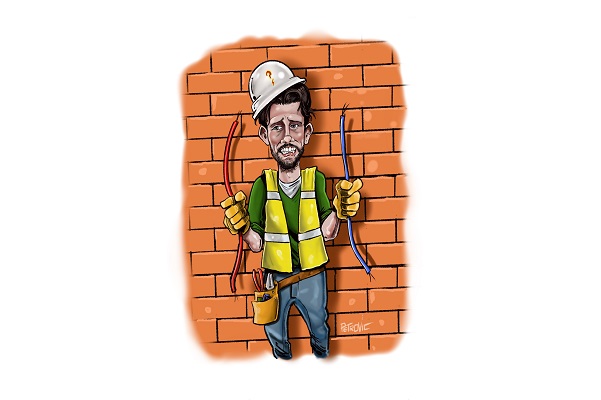Save yourself the trouble, do your due diligence with cabling
While it might seem like a minor issue, incorrectly labelled cables can be costly in the long run, even if they’re in working order. Sean Carroll finds out more.
Cabling is relatively inexpensive. Yes, there are high-end solutions that offer more benefits over their economical counterparts, but all-in-all, cabling is nowhere near the most expensive part of a job.
ADVERTISEMENT
There are standards and regulations tradies must adhere to when it comes to cabling, like most aspects of the building and construction industry. Despite being relatively cheap to install, having to remove all cabling as a result of not following these standards is extremely expensive.
The Australian Cablemakers Association (ACA) recently published a reminder to all electricians and electrical professionals to ensure all cabling installed falls within the scope of AS/NZS 4417.1 and is compliant with EESS requirements.
“When you install cables into a building, you need to check that it’s compliant with the EESS requirements and you need to be able to identify the cable,” ACA secretary Sandy Mennie says.
“If the cable isn’t marked properly, an inspector would have the right to say: ‘Well, I can’t identify this cable and therefore, can’t tell if it’s compliant or not. You have to pull it out and replace it with compliant cable.’”
Part of the ACA is a non-profit organisation called the Australian Cable Initiative (ACI). It was established to promote the safety and compliance of electrical cables used in buildings and it runs a surveillance program that monitors electrical cables manufactured, sold, used or distributed in Australia.
Sandy explains that the ACI recently found some incorrectly labelled cable and had it been installed the electrician may then have had to go through the arduous process of removing and replacing it.
“In this particular instance, it was that the cable didn’t have the manufacturer’s name on it,” he says.
“Because it wasn’t marked correctly, an inspector wouldn’t have been able to identify it and wouldn’t have been able to look it up on the EESS database to see if it was okay to use.”
He adds that when the cable was tested by the ACI, it did pass all relevant tests, but without the correct marking, it didn’t matter: “The cost of replacing this cable would be massive, relative to the cost of the cable itself. It’s a false economy not to put in properly approved cable in the first place and that’s the point, just to alert electricians to that issue.”
This isn’t like the Infinity Cable debacle a few years ago, those cables were outright dangerous. This is about covering the sparkies’ butt so if a job happens to be inspected, everything is ready to go.
The ACI advises that all electrical professionals check that cable is properly marked before installing it and the certification status can be checked on the ERAC EESS National Database. Sandy adds that if you’re buying cable from a reputable supplier and you know all their cabling is appropriately labelled, then everything should be in order. However, if you’re on the road, buying supplies from elsewhere, it’s always better to check compliance first because the price at the other end heavily outweighs the price of replacing.
-
ADVERTISEMENT
-
ADVERTISEMENT


